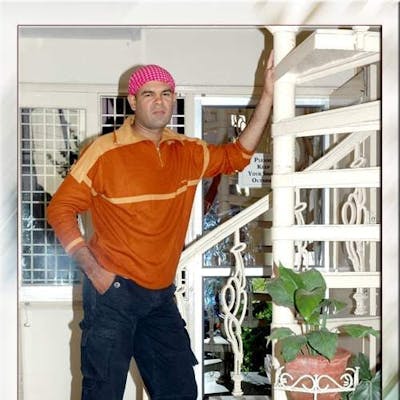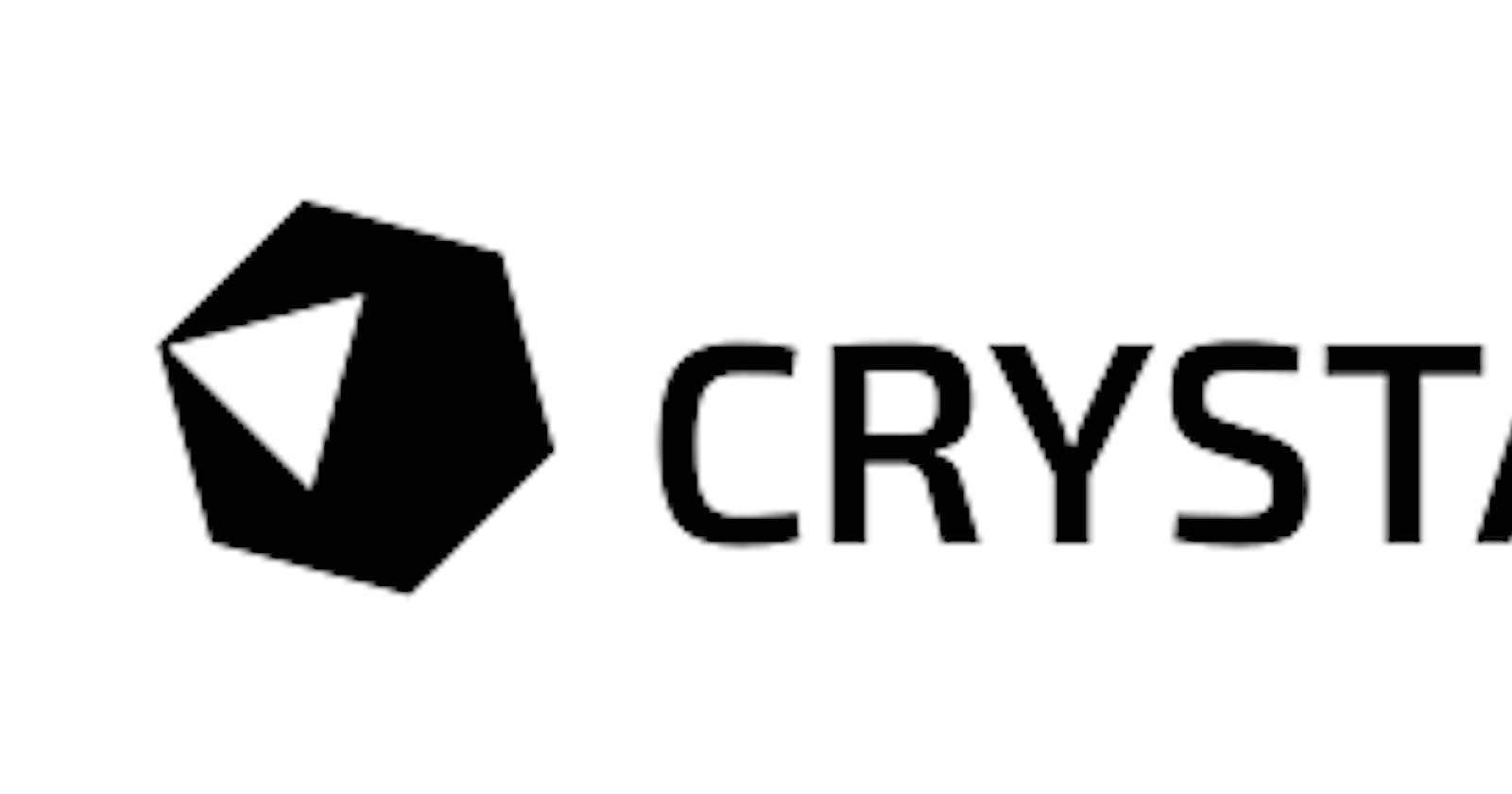In Crystal, one does not have anything like the variable types as there is in other programming languages. Every variable is an “object” which can be individually modified. One can easily add methods and functions on every object. So here, the Object Oriented Programming plays a major role. There are many pillars of Object Oriented Programming in every other programming language, like Inheritance, Encapsulation etc. One of these pillars is Polymorphism.
Polymorphism is a made up of two words Poly which means Many and Morph which means Forms. So Polymorphism is a method where one is able to execute the same method using different objects. In polymorphism, we can obtain different results using the same function by passing different input objects. One can also write the If-Else commands but that just makes the code more lengthy. To avoid this, the programmers came up with the concept of polymorphism.
In Polymorphism, classes have different functionality but they share common interference. The concept of polymorphism can be studied under few sub categories.
Polymorphism using Inheritance
Polymorphism using Duck-Typing
Polymorphism using inheritance
Inheritance is a property where a child class inherits the properties and methods of a parent class. One can easily implement polymorphism using inheritance. It can be explained using the following example
# Crystal program of Polymorphism using inheritance
class Vehicle
def tyreType
puts "Heavy Car"
end
end
# Using inheritance
class Car < Vehicle
def tyreType
puts "Small Car"
end
end
# Using inheritance
class Truck < Vehicle
def tyreType
puts "Big Car"
end
end
# Creating object
vehicle = Vehicle.new
vehicle.tyreType()
# Creating different object calling same function
vehicle = Car.new
vehicle.tyreType()
# Creating different object calling same function
vehicle = Truck.new
vehicle.tyreType()
Output:
Heavy Car
Small Car
Big Car
The above code is a very simple way of executing basic polymorphism. Here, the tyreType method is called using different objects like Car and Truck. The Car and Truck classes both are the child classes of Vehicle. They both inherit the methods of vehicle class (primarily the tyretype method).
Polymorphism using Duck-Typing
In Crystal, we focus on the object’s capabilities and features rather than its class. So, Duck Typing is nothing but working on the idea of what an object can do rather than what it actually is. Or, what operations could be performed on the object rather than the class of the object. Here is a small program to represent the before mentioned process. Example :
# Crystal program of polymorphism using Duck typing
# Creating three different classes
class Hotel
def enters
puts "A customer enters"
end
def type(customer)
customer.type
end
def room(customer)
customer.room
end
end
# Creating class with two methods
class Single
def type
puts "Room is on the fourth floor."
end
def room
puts "Per night stay is 5 thousand"
end
end
class Couple
# Same methods as in class single
def type
puts "Room is on the second floor"
end
def room
puts "Per night stay is 8 thousand"
end
end
# Creating Object
# Performing polymorphism
hotel= Hotel.new
puts "This visitor is Single."
customer = Single.new
hotel.type(customer)
hotel.room(customer)
puts "The visitors are a couple."
customer = Couple.new
hotel.type(customer)
hotel.room(customer)
Output :
This visitor is Single.
Room is on the fourth floor.
Per night stay is 5 thousand
The visitors are a couple.
Room is on the second floor
Per night stay is 8 thousand
In the above example, The customer object plays a role in working with the properties of the customer such as its “type” and its “room”. This is an example of polymorphism.
source: geeksforgeeks
code is tested on

